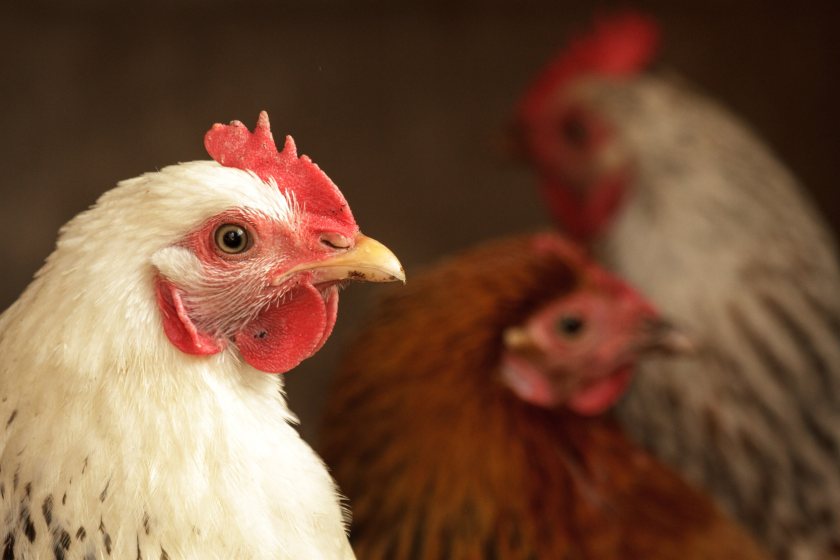
The outlook for global poultry markets in 2024 remains moderately positive, with demand expected to gradually recover due to better affordability.
This is according to a new Rabobank report, which shows that global poultry market conditions are gradually recovering after a weak second half of 2023.
Several markets that faced oversupply and falling prices have seen local market conditions improve in the first quarter of 2024.
In most cases, these improvements were driven by production cuts to rebalance supply, which was pressuring demand, the multinational banking group says.
“We expect global markets to continue to improve slightly,” notes Nan-Dirk Mulder, senior analyst at Rabobank.
“Price will still drive market demand, but less so than in 2023, due to lower consumer price inflation and higher incomes.
"This will support some recovery in demand for value-added poultry, like processed chicken and poultry concepts, and improved demand in foodservice.
"Business opportunities into these markets will recover. However, price consciousness among consumers will remain a key driver."
Mr Mulder says the key challenge will be maintaining market balance with disciplined supply growth.
“From a global perspective, we expect growth of 1.5% to 2% for 2024, driven primarily by emerging markets in Asia, the Middle East, Africa, and Latin America. Growth in Europe, the US, and Japan will be slow."
Potential distribution challenges are the biggest wild card for the outlook due to geopolitical tensions in the Black Sea region, attacks in the Red Sea, and drought affecting water levels in the Panama Canal.
Given increasing rerouting via southern routes, these challenges could impact global trade in poultry and related inputs, with rising costs, delayed supply, and constrained container availability.
Trade flows to and from Europe, Asia, the Middle East, and Africa are especially vulnerable to changes, Rabobank's report says.
This could increase focus on regional trade or otherwise lead to higher costs and potentially delayed supply, especially for goods primarily produced in a single region, such as feed additives and equipment.
“Regional trade flows in Asia, Europe, and the Middle East are expected to benefit from the situation, while traders shipping to those destinations will be negatively affected,” adds Mulder.
Feed costs have decreased by an average of 15% to 25% compared to 2023 levels, but Southern Hemisphere regions and countries like India and Indonesia are increasingly exposed to dry weather at critical times for their summer crops, raising local feed supply worries.
Conversely, feed supplies in Brazil and Northern Hemisphere countries and regions like the US, the EU, and Russia are good and face declining prices.
From a supply/demand perspective, global commodity prices appear to have reached their lowest point, primarily due to concerns about geopolitics, trade issues, and weather, such as El Niño.
Avian influenza (AI) remains an ongoing concern. AI risks will shift in the coming months to the Southern Hemisphere, where more countries are turning to vaccines to protect the industry.
“Any outbreak in the southern states of Brazil – especially in a commercial flock – could have a substantial impact on global trade,” explains Mulder.
Particular attention will be paid to AI risks in key exporting countries like Brazil and Thailand, where outbreaks could challenge global market conditions and trade flows.
Notwithstanding these challenges, Rabobank says global poultry trade is expected to grow in line with forecast demand growth, with processed poultry trade expected to gradually recover after a weak 2023.
